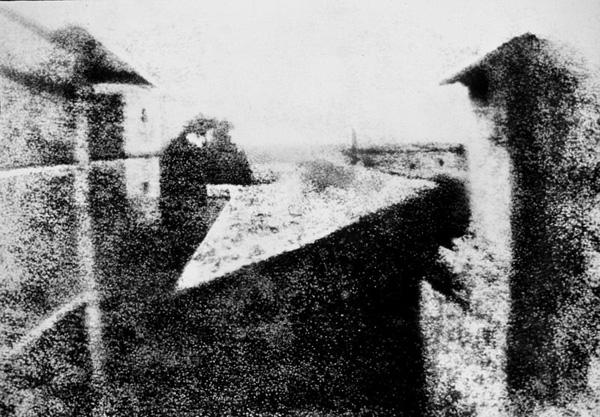On August 19th 2010, World Photography Day hosted it’s first global online gallery. With 270 photographs shared and website visitors from over 100 countries, World Photography Day was born.
Although the earliest surviving photo dates back to 1826, the history of photography dates back to 1790 associated with the invention and development of the camera and the creation of permanent images starting with Thomas Wedgwood.
So what is so special about August 19th? It was on this date in 1839 that the French government announced the invention of Daguerreotype technology a gift “Free to the World”.
Daguerreotype photographic processes, developed by Joseph Nicèphore Nièpce and Louis Daguerre,were officially unveiled by The French Academy of Sciences on January 9, 1839. Though from the modern perspective daguerreotypes were expensive and time consuming to produce, at the time it was the first practicable photographic process. Being unique images, daguerreotypes could still be copied by re-daguerreotyping the original. Copies were also produced by lithography or engraving.
The invention gave boost to the portrait photography market that became a flourishing business practiced by traveling photographers. For the first time common folks could afford to get the likeness of themselves and their loved ones captured.
By 1853 an estimated three million daguerreotypes per year were being produced in the United States alone. This might sound like an insignificant number given that today over 200,000 shots are being uploaded to Facebook every minute. But in those days someone would spend a day’s worth salary to have a family picture taken. These were family treasures to be kept through generations.





Leave a comment